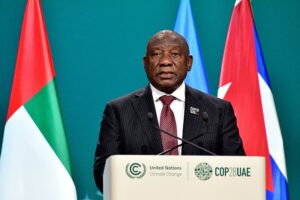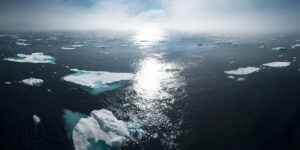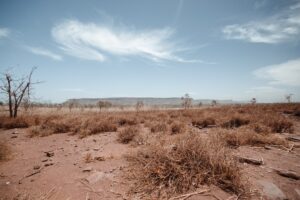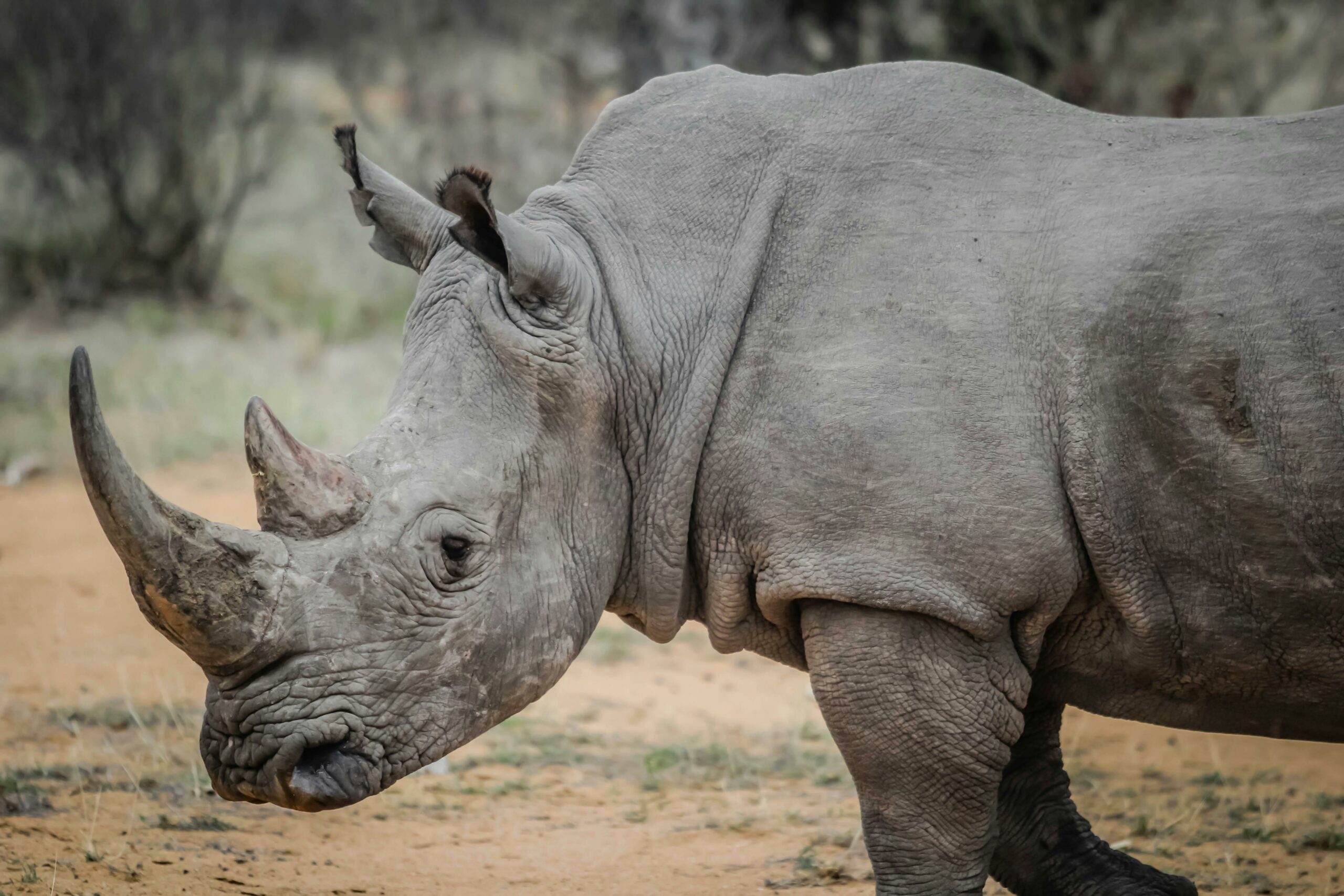Global warming impacts: Urgent mitigation needed despite “world-first” pact on fossil fuels
While the nations at this year’s Climate Change Conference (COP28) in Dubai reached a consensus on transitioning away from fossil fuels, a world-renowned climatologist continues to call for urgent measures to mitigate global warming impacts on southern Africa.
COP28’s ground-breaking agreement comes during the hottest year in recorded history. However, South African President Cyril Ramaphosa, in his address at the summit, pleaded for a transition that would not “leave behind” workers and communities dependent on the fossil fuel value chain. Nevertheless, it cannot be ignored that these same workers will pay with their lives if no urgent mitigative measures are taken.

President Cyril Ramaphosa at the United Nations climate-focused Conference of Parties (COP28) in Dubai.
Credit: GCIS
In January this year, it was reported that seven farm workers died from heatstroke due to the persistent soaring temperatures in Kakamas in the Northern Cape. However, Francois Engelbrecht, Professor of Climatology at the University of the Witwatersrand (Wits), believes there may be many more that we don’t know about.
A study by researchers at Wits and the University of Brighton, published in the South African Geographical Journal, reported that the devastating flood that hit Durban in April last year was the most catastrophic natural disaster yet recorded in KwaZulu-Natal, as measured in collective terms of lives lost, homes and infrastructure damaged or destroyed, and economic impact.
Only the beginning
But this is only the beginning. According to Engelbrecht, climate change has reached a critical threshold that, when crossed, will lead to significant, accelerated and irreversible changes in the climate system.
“The 2015 Paris Agreement (a legally binding international treaty on climate change) had a long-term goal of keeping global warming well below 2 degrees Celsius – preferably below 1.5 degrees. Currently, the earth’s temperature is higher than the pre-industrial temperature. We are on the verge of crossing that dangerous threshold for the first time in recorded history,” he says.
The world is experiencing an El Niño climate event, a term which describes the unusual warming of surface waters in the eastern Pacific Ocean. In southern Africa, this phenomenon causes fluctuating weather patterns, accompanied by extreme heatwaves and droughts.
“The earth’s temperature fluctuates from one year to the next. Sometimes, there’s a gradual increase in temperature, and at other times we see a decrease. This is pretty normal. But with the current state of global warming, chances are good we’ll cross the 1.5 degrees threshold if El Niño continues next year. If we experience La Niña (which brings above-normal rainfall), we could hopefully stay at 1.4 degrees – or even fall back to 1.3 degrees,” says Engelbrecht.
But the IPCC currently predicts that we are more likely than not to pass the 1.5 threshold permanently in the early 2030s. According to Engelbrecht, the situation is even more dire: some scientists expect the global temperatures to surpass 1.5 degrees in the late 2020s. That’s why the latest agreement calling for moving away from fossil fuels like oil, coal and gas is so important. “We need to cut more than half of our current CO₂ emissions to prevent crossing the dangerous threshold,” he says.
Why 1.5 degrees?
Engelbrecht explains as follows: the Greenland ice sheet will become unstable if global temperatures rise between 1.5 and 2 degrees Celsius. The melting ice would cause sea levels to rise significantly.

If the entire Greenland ice sheet melts away, sea levels will rise by six metres.
Credit: William Bossen on Unsplash
“It won’t happen overnight, but we expect a rise of at least one metre before the end of the century. This means that millions and millions of people will be displaced. We are already seeing it. By then, many island states would be covered by water.”
Secondly, 1.5 degrees is the point of no return, at which extreme weather conditions become more and more frequent, intense, and unpredictable.
“We are already seeing signs of climate becoming suboptimal for humans. We are threatened by heatwaves and floods, which will cost us more and more – in rand value and human lives.”
In September, Cyclone Daniel caused Libya’s deadliest floods in over a century. Strong winds and heavy rainfall led to the collapse of two dams and subsequent catastrophic flooding. Daniel claimed the lives of thousands. “The weather event that caused the flood in Libya, is 50 times more probable to occur today than on a planet with a natural temperature,” Engelbrecht explains.
Predictions for South Africa
Engelbrecht’s biggest concerns for southern Africa are droughts (more frequent and intense, occurring for more extended periods) and abnormal heat. “Warming in the interior of southern Africa is occurring at about twice the global average rate. If the world is getting warmer by 1.5 or 2 degrees, we can expect 3 or 4 degrees down here.”

Seven farm workers from Kakamas died from heatstroke in January this year, due to the persistent soaring temperatures in the Northern Cape.
Credit: Fiona Smallwood on Unsplash
“We will see heatwaves much more intense than we’ve ever experienced. Heatwaves and droughts are our greatest risk. It can cause the death of thousands of people, like what happened in Europe.”
The impact of El Niño en La Niña will also become more and more severe, he says.
“We need to get ready for a climate system that becomes drier and warmer on average, but at the same time, a climate system that becomes more variable. It’s much easier to manage a system changing to one side or the other. But here it will be varying. We failed miserably at our La Niña ‘test’ last season. We are currently in the El Niño ‘test’. It will come to its full effect by January. We need to learn from this.”
Related Articles
Poaching is not the only reason rhinos may go extinct
The ongoing effects of climate change may cause rhinos to go extinct unless adaptation measures are implemented, according to new research.
‘Climate change the biggest threat to health in the 21st century’
Experts say climate change is the biggest threat to health in the 21st century. In South Africa, many lives are already being lost to extreme weather.




